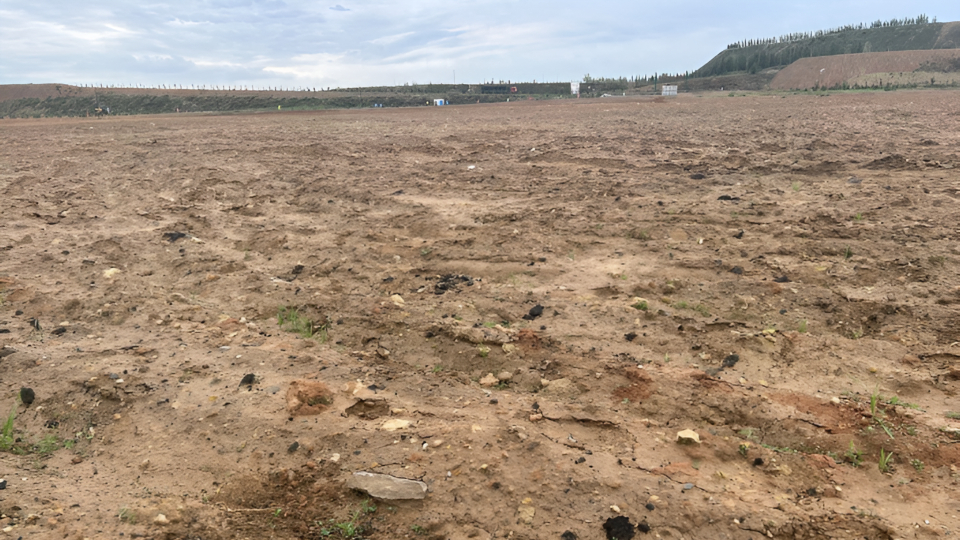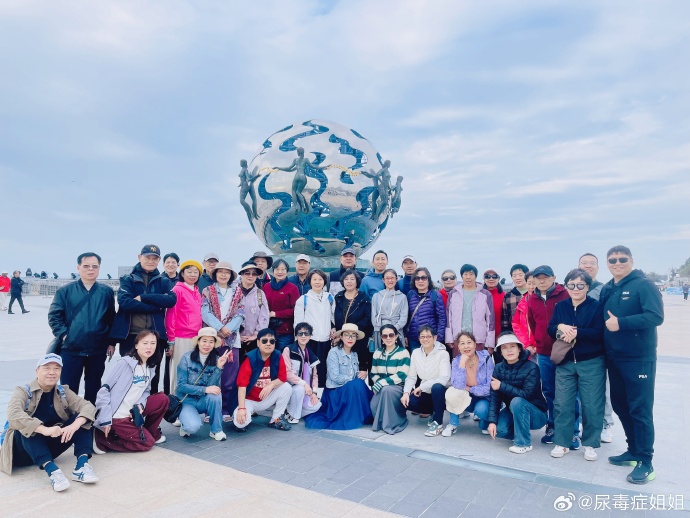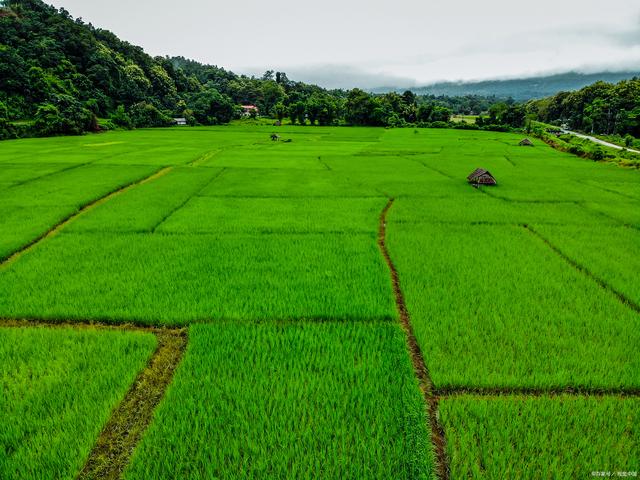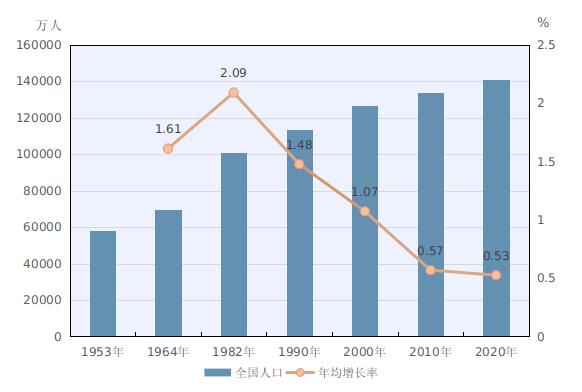龙岩,位于中国福建省西部,是一片拥有丰富自然风光与深厚历史文化的宝地。作为闽西南的重要城市之一,龙岩不仅有着独特的地理特色和多样的自然景观,还拥有众多的历史遗迹和文化景点。我们将深入探讨龙岩的几大著名景点,并逐一介绍它们的独特之处。

首先是被誉为“东方夏威夷”的永定土楼。土楼群以其宏伟壮观的建筑风格和深厚的客家文化而闻名于世。这些圆形或方形结构的土楼,内部空间布局灵活、生活功能齐全,体现了客家人的智慧和创造力。永定区有许多著名的土楼,如振成楼、云水谣等,它们不仅是研究客家文化的宝贵资源,也是游客体验客家风情的绝佳地点。
接下来是位于连城县的丹霞地貌。这里以奇特的红色岩石地貌著称,是摄影爱好者和自然探索者的理想目的地。丹霞地貌由红色砂砾岩构成,经过长时间的风化作用形成了各种奇形怪状的岩石。游客可以在这片神奇的土地上徒步探险,观赏到令人震撼的自然景观。
再来看的是位于上杭县的古田会议会址。这个历史悠久的会议场所见证了中国共产党早期重要的历史时刻——古田会议。会址保存了许多当年的文物和资料,为后人提供了了解党的历史和革命精神的机会。参观古田会议会址,可以让人们深刻感受到革命先烈的不屈精神和坚定信念。
除了上述景点外,龙岩还有丰富的自然资源和多样的民族文化。例如,武平县的九鹏山国家森林公园,以其原始森林和瀑布群而闻名。游客可以在这里进行徒步旅行,呼吸新鲜空气,享受大自然的宁静与美丽。此外,龙岩的客家民俗也十分有名,如客家围屋和客家美食等,都值得一探究竟。
在总结上述内容时,我们可以看到龙岩是一个充满魅力的地方,既有丰富的自然景观,又有深厚的历史文化底蕴。无论是对自然风光的追求,还是对历史文化的探索,龙岩基本都能找到满足你需求的地方。
龙岩作为一个具有丰富旅游资源的地区,无论是对历史感兴趣还是喜欢自然探险的游客,都能在龙岩找到属于自己的精彩体验。通过深入了解和体验这些景点的特色,我们不仅能领略到龙岩独特的魅力,也能更好地理解和传承中国的传统文化和历史精神。

龙岩的景点丰富多彩,从自然景观到人文历史,每一个角落都蕴藏着独特的故事和文化价值。通过对龙岩景点的详细介绍,我们可以更全面地认识到这个地区的多元性和丰富性。无论是寻求心灵的宁静,还是渴望探索未知的世界,龙岩都是一个值得一游的好地方。
---1.Introduction The world is filled with a plethora of different types of food, and one can easily get lost among them. The food culture is an important part of our lives, and it's essential that we have the ability to identify the type of food we're eating. This guide will provide you with the basic information about the different types of food, including what they are, what they consist of, and what their origins are. We'll also discuss how to make a delicious dish from these foods. So, without further ado, here is the guide to help you understand the diversity of food in your daily life!
1.Types of Food: - Dairy Products: Milk, Cheese, Yogurt, Butter, Cream, Whey, Curd, Buttermilk, and Cream cheese. - Fish and Seafood: Fish, Crab, Scallops, Lobster, Shrimps, Mackerel, Tuna, Salmon, Herring, and Mackerel. - Vegetables: Potatoes, Eggplant, Broccoli, Carrots, Cauliflower, Brussels sprouts, Green beans, Tomatoes, Cucumbers, Peppers, Onion, Garlic, and Radishes. - Grains: Corn, Rice, Wheat, Barley, Rye, Oats, Buckwheat, Quinoa, Millet, and Sorghum. - Fruits. - Meat and Poultry: Beef, Chicken, Lamb, Goat meat, Pig, Duck, Turkey, Fowl, and Game. - Nuts and Seeds: Almonds, Pecan, Walnuts, Pistachios, Cashews, Hazelnuts, Brazil nuts, and Sunflower seeds. - Beverages: Water, Tea, Coffee, Wine, Beer, and Juice. - Breads: Bread, Bagels, Rolls, Buns, Muffins, Pancakes, and Waffles.
2.Origins: - Dairy Products: Milk was discovered and used by the ancient Greeks and Romans. Cheese has been enjoyed since ancient times. Yogurt and Buttermilk were discovered in ancient Egypt. Cream and Whey were discovered in ancient India. Curd was discovered by the Egyptians and later developed by the Greeks. Butter was discovered by the Ancient Egyptians and used as a cooking medium. Curd and Buttermilk were discovered by the Ancient Egyptians and were used as medicinal agents. - Fish and Seafood: Fishing was practiced in ancient times. Crab was eaten during Roman times. Scallops were eaten during medieval times. Lobster originated in North America during the 16th century. Shrimps were eaten during medieval times. Mackerel originated in China and was brought to Europe by the Portuguese. Tuna was caught in Japan during the 17th century. Salmon was caught in Canada during the 18th century. Herring was caught in Norway during the 19th century. Mackerel was caught in Norway during the 19th century. - Vegetables: Vegetables were cultivated in the Middle East over 5000 years ago. Broccoli was introduced to the United States in 1830. Carrots were grown in Europe during the 14th century. Cauliflower was grown in England in the 17th century. Brussels sprouts were grown in France during the 16th century. Green beans were grown in Italy during the 14th century. Tomatoes were cultivated in Mexico during the 16th century. Cucumbers were cultivated in Persia during the 14th century. Peppers were cultivated in Mexico during the 16th century. Onion was grown in Spain during the 15th century. Garlic was grown in China during the 15th century. Radishes were grown in England during the 16th century. - Grains: Corn was domesticated in Central America around 5000 B
C.Wheat was domesticated in Mesopotamia around 7000 B
C.Barley was domesticated in the Fertile Crescent around 7000 B
C.Rye was domesticated in the Fertile Crescent around 6000 B
C.Oats were domesticated in North America around 1500 B
C.Buckwheat was domesticated in Russia around 1400 B
C.Quinoa was domesticated in South America around 7000 B
C.Millet was domesticated in Africa around 6000 B
C.Sorghum was domesticated in Africa around 6000 BC. - Fruits: Fruits were cultivated throughout the world during different periods. Apples were cultivated in China during the Neolithic Age. Bananas were cultivated in Central America during the 15th century. Oranges were cultivated in Egypt during the 1st century. Pears were cultivated in China during the 2nd century A
D.Cherries were cultivated in China during the 2nd century A
D.Strawberries were cultivated in Europe during the 17th century. Kiwifruit was introduced to New Zealand in 1848. - Meat and Poultry: Meat was consumed by humans for thousands of years. Beef was popularized during medieval times. Chicken was popularized during medieval times. Lamb was popularized during medieval times. Goose meat was popularized during medieval times. Pig was popularized during medieval times. Duck was popularized during medieval times. Turkey was popularized in Europe during World War I
I. Fowl was popularized
标签:#福地阅读网












评论列表